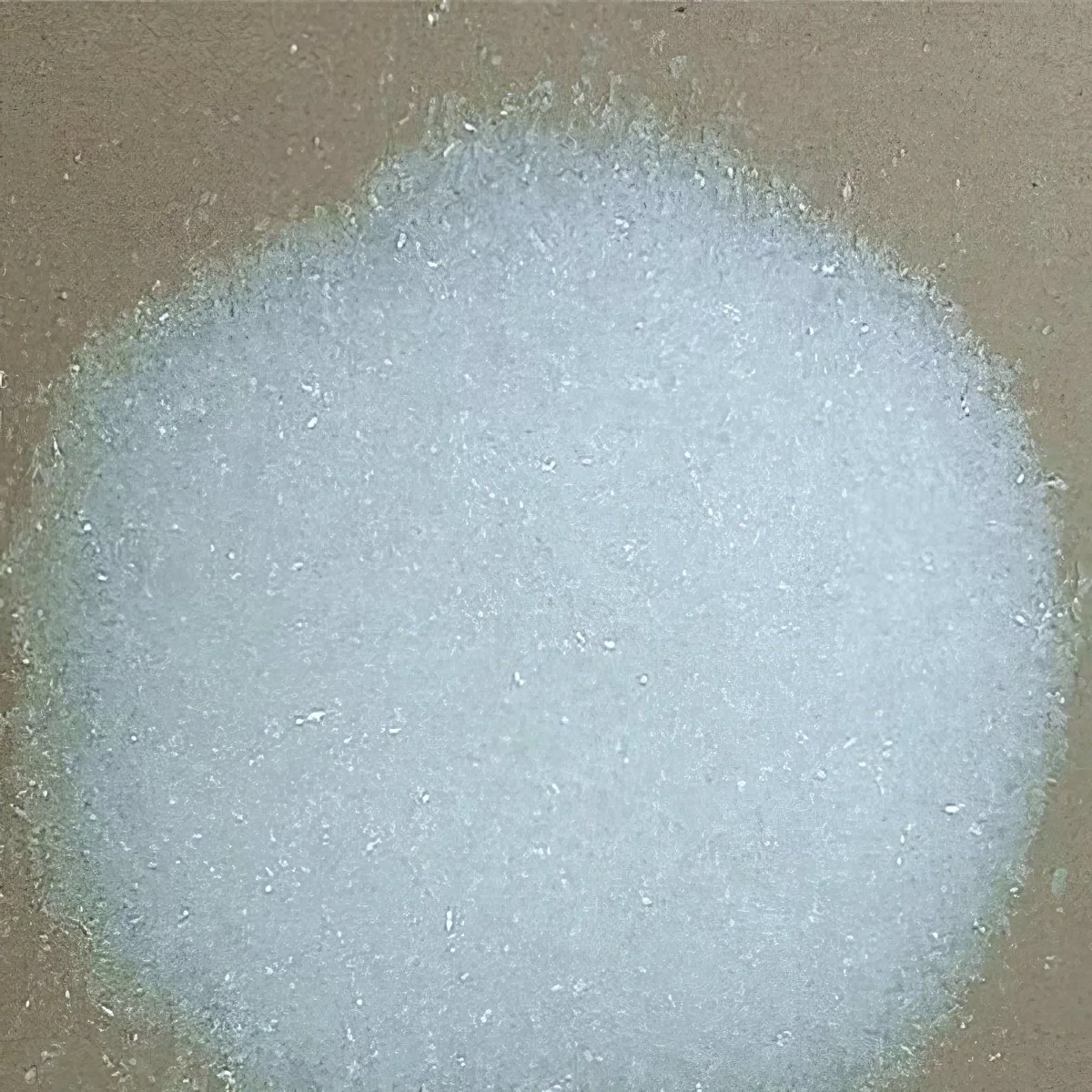



sds of sodium hydroxide
The Safety Data Sheet (SDS) of Sodium Hydroxide
Sodium hydroxide (NaOH), commonly known as caustic soda or lye, is an inorganic compound that is widely used across various industries for its strong alkaline properties. This article delves into the importance of the Safety Data Sheet (SDS) associated with sodium hydroxide, providing essential information regarding its hazards, handling practices, and safety measures to ensure safe usage.
Overview of Sodium Hydroxide
Sodium hydroxide is a white, odorless solid that can be encountered in various forms, including flakes, pellets, and solutions. It is highly soluble in water, generating exothermic heat upon dissolution. Due to its strong alkaline nature, sodium hydroxide is widely utilized in applications such as chemical manufacturing, food processing, papermaking, textile production, and water treatment. However, its corrosive nature necessitates the strict adherence to safety protocols.
Understanding the SDS
The Safety Data Sheet (SDS) for sodium hydroxide is a vital resource that provides comprehensive information regarding its properties, potential hazards, safe handling and storage practices, and first aid measures in case of an exposure incident. The SDS is structured in a standardized format consisting of 16 sections, making it easier for users to find relevant information.
1. Identification The first section outlines the chemical's name, synonyms, and uses, along with contact information for the manufacturer or distributor. 2. Hazard Identification This section details the potential hazards associated with sodium hydroxide, including its corrosive properties and the risks it poses to skin, eyes, and respiratory systems.
3. Composition/Information on Ingredients Here, the chemical composition is specified, usually indicating that sodium hydroxide is the primary active ingredient.
4. First Aid Measures This section provides guidance on what actions to take following exposure, such as flushing eyes with water for at least 15 minutes in case of contact or seeking medical attention for inhalation or ingestion.
5. Fire-Fighting Measures Although sodium hydroxide is not flammable, the SDS mentions suitable extinguishing media and protective equipment to be used in case of a nearby fire.
6. Accidental Release Measures This part outlines procedures for containment and cleanup in case of spills or leaks, emphasizing the importance of neutralizing the substance before disposal.
sds of sodium hydroxide

8. Exposure Controls/Personal Protection This critical section recommends using personal protective equipment (PPE), such as gloves, goggles, and respirators, to safeguard against exposure in the workplace.
9. Physical and Chemical Properties Here, the SDS provides key physical characteristics, such as its appearance, melting point, boiling point, and pH level, which are important for understanding its behavior in various environments.
10. Stability and Reactivity This section includes information on the stability of sodium hydroxide and its reactivity with water, acids, and various metals, which can produce flammable hydrogen gas.
11. Toxicological Information Details regarding the toxicological effects of sodium hydroxide on human health and the environment are provided, which can aid in risk assessment and management.
12. Ecological Information This section discusses the environmental impact of sodium hydroxide, emphasizing the need for responsible disposal practices.
13. Disposal Considerations Guidelines on safe disposal methods and compliance with regulatory requirements are essential for minimizing environmental impact.
14. Transport Information Proper shipping names, hazard classes, and regulatory information are included for safe transportation of sodium hydroxide.
15. Regulatory Information This section lists relevant safety, health, and environmental laws that govern the use of sodium hydroxide at national and international levels.
16. Other Information Including the date of preparation and revision dates, this section ensures users have the most current information.
Conclusion
Understanding and adhering to the Safety Data Sheet for sodium hydroxide is crucial for anyone who handles this potent chemical. By familiarizing themselves with the contents of the SDS, individuals and organizations can implement effective safety measures and protocols that minimize risk and ensure safe handling practices. Whether in industrial settings or labs, the proper knowledge of sodium hydroxide’s hazards and safety considerations is key to preventing accidents and ensuring a safe working environment.
-
Why Sodium Persulfate Is Everywhere NowNewsJul.07,2025
-
Why Polyacrylamide Is in High DemandNewsJul.07,2025
-
Understanding Paint Chemicals and Their ApplicationsNewsJul.07,2025
-
Smart Use Of Mining ChemicalsNewsJul.07,2025
-
Practical Uses of Potassium MonopersulfateNewsJul.07,2025
-
Agrochemicals In Real FarmingNewsJul.07,2025
-
Sodium Chlorite Hot UsesNewsJul.01,2025










